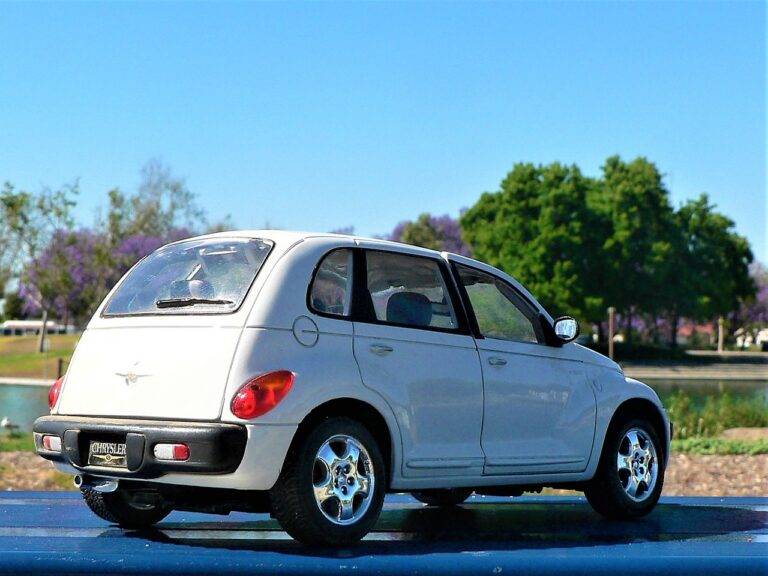Trends in Sustainable Sports Field Turf Materials: Implications for Businesses: Allpaanel mahadev book, Laserbook247, Bat book 247
allpaanel mahadev book, laserbook247, bat book 247: Sports field turf materials have evolved significantly in recent years, with a growing emphasis on sustainability and eco-friendliness. Businesses that manufacture and install sports field turf are finding it increasingly important to stay ahead of the curve when it comes to incorporating environmentally-friendly materials into their products. Let’s take a closer look at some of the trends in sustainable sports field turf materials and the implications for businesses in this industry.
1. Natural grass alternatives: One of the major trends in sustainable sports field turf materials is the emergence of natural grass alternatives such as artificial turf made from recycled materials. These alternatives offer a more environmentally-friendly option for sports fields without sacrificing performance or durability.
2. Recycled materials: Another trend in sustainable sports field turf materials is the use of recycled materials in the manufacturing process. By incorporating materials such as recycled rubber or plastic, businesses can help reduce waste and minimize their environmental impact.
3. Water conservation: Water conservation is a key consideration in sustainable sports field turf materials. Businesses are increasingly looking for ways to reduce water usage in the maintenance of sports fields, whether through the use of drought-tolerant turf varieties or innovative irrigation systems.
4. Energy efficiency: Energy efficiency is also a growing trend in sustainable sports field turf materials. Businesses are exploring ways to reduce the energy consumption associated with maintaining sports fields, such as through the use of energy-efficient lighting or heating systems.
5. Durability and longevity: Sustainability is not just about environmental impact it also encompasses the durability and longevity of sports field turf materials. Businesses that prioritize durability can help reduce the need for frequent replacements, ultimately saving resources in the long run.
6. End-of-life considerations: Sustainable sports field turf materials also need to be considered in terms of end-of-life considerations. Businesses are increasingly looking for ways to recycle or repurpose old turf materials, rather than sending them to the landfill.
In conclusion, the trends in sustainable sports field turf materials are changing the game for businesses in this industry. By staying ahead of these trends and incorporating environmentally-friendly materials into their products, businesses can not only reduce their environmental impact but also appeal to an increasingly eco-conscious customer base.
FAQs:
Q: Are sustainable sports field turf materials more expensive than traditional options?
A: While initial costs may be higher for sustainable materials, businesses can often recoup these costs through reduced maintenance and longer-lasting products.
Q: Can sustainable sports field turf materials perform as well as traditional options?
A: Yes, many sustainable materials offer comparable performance to traditional options, making them a viable choice for sports fields of all types.
Q: How can businesses ensure they are using truly sustainable sports field turf materials?
A: Businesses should look for certifications or third-party verification of sustainability claims when selecting materials for their sports fields.







